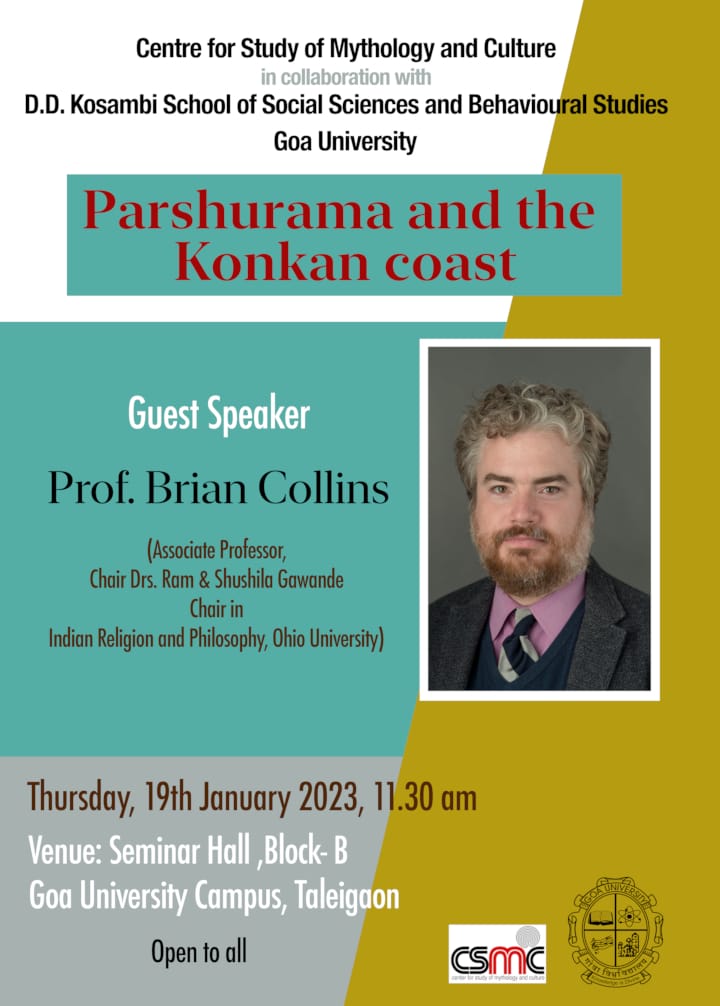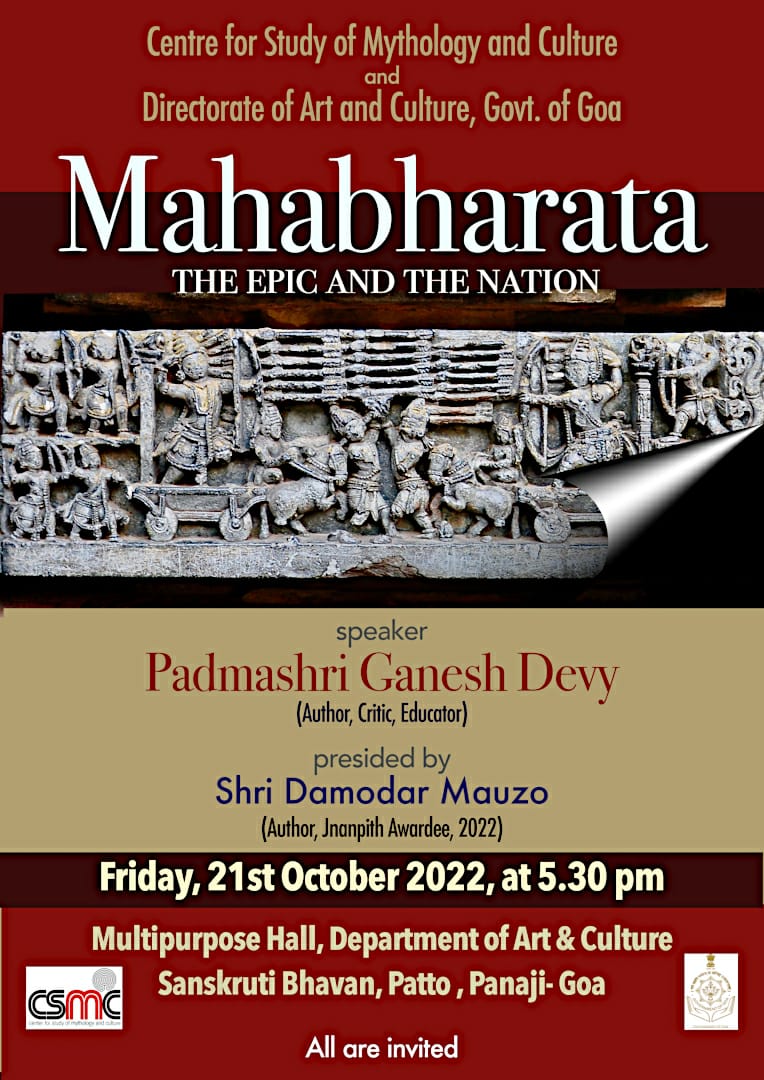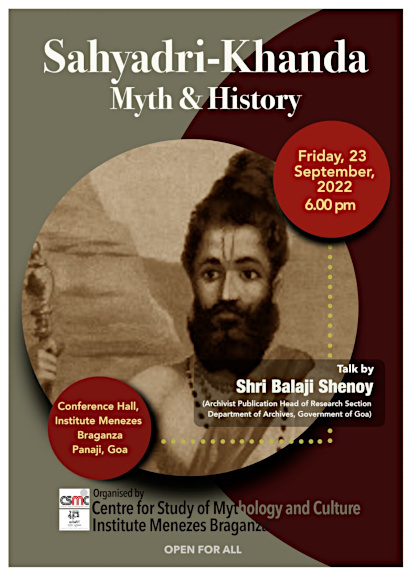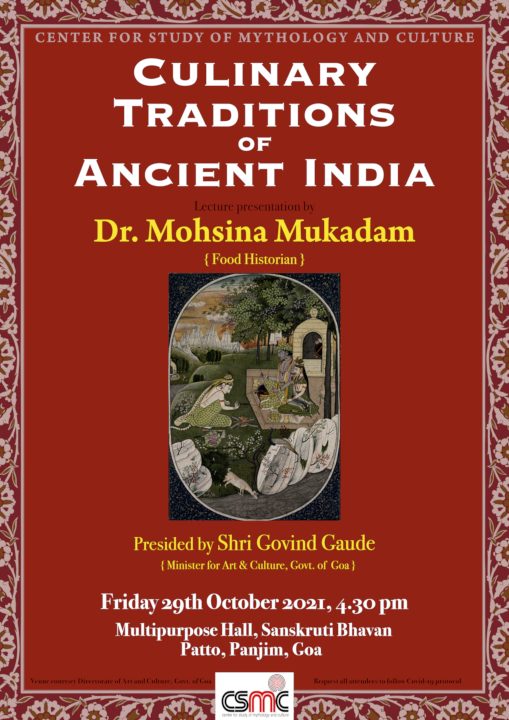On Women’s Day today, there is the usual outpouring of celebratory messages, whether on the Google doodle or on Facebook or on chain SMSes etc…. The world is saluting our gender’s strength, creativity, compassion, fortitude – but, as in any other narrative on women, I struggle to find any references to a woman’s ambition that is unconditionally laudatory, without any undertones of prejudice or censure. So even today as speculation is rife on whether Hillary Clinton will run for the US Presidential elections or on the various headline-grabbing references to Anushka Sharma being the most stunning WAG for the men in Blue (never mind that she is a very successful professional in her own right), the discourse on women can never be conducted with focus on her ambitions, her goals alone! Probably the only woman in the public sphere who has succeeded in transcending this “trap” is “Didi” or West Bengal’s Mamata Banerjee. Much as I disagree almost entirely with her politics, I have to admire her drive and ambition that saw her realize power on her own terms in a country where women ascend to the “throne” only on the strength of dynasty or marriage or patronage from powerful men (like Jayalalitha or Mayawati). And I wonder if it’s pure chance in the universe’s systemic chaos or whether there is a socio-cultural and regional pattern that enables this singular expression of femininity in my home province. For, surely, one of the most unusual and arresting mythic personas from the countless myths and legends of India, is that of Manasa,the “Snake Goddess” of Bengal..an almost unparalleled mythic expression of an “anti-establishment” feminist ambition and power!
I remember reading, with a mixture of fascination and curiosity, many tales in Bengali about Manasa and her epic rivalry with Chand Saudagar. The latter epitomized patriarchy- a merchant prince, who had the power of his gender, of capital and patronage from the most powerful male deity of all, Lord Shiva. Manasa, on the other hand, was a lone “woman” who had command over the netherworld of snakes and serpents and her own unbridled ambition, and with these resources, she waged a relentless campaign for respect and recognition. Somehow even as a child, I realized that in the many versions of this tale that I read, there was always an overt and in some, a subtle tone in the writing, that underscored Manasa’s cunning, her rage, her ambition in a less than empathetic way. The final straw in the narrative is the introduction of Behula- the archetypical “Sanskritized” feminine role model- a woman who will sacrifice everything, including her life, to resurrect her husband, because she becomes significant only as a wife. As long as the myth is a rollicking adventure chronicling the tempestuous turns of the struggle between Chand and Manasa, the audience can still choose to take sides! But, the masterstroke of the patriarchy is to bring in the pathos of Behula-Lokhnidor and no wonder, audience sympathy will then be forced away from Manasa to Behula!
However, it may be topical today as debate rages on in India about women’s security and entrenched patriarchal violence against women, to remember and understand Manasa as a genuine feminist icon. Her myth signifies many anti-establishment profiles:
• A non-Aryan , lower socio-economic class cult struggling for patronage from people while up against upper caste Brahminical prejudices
• A semi-divine female confronting the established patriarchy, be it the divine Lord Shiva or the temporal capitalist authority of Chand Saudagar.
Manasa raises uncomfortable questions on the role of feminine energy when faced with male power and authority. From her birth ,Manasa has had to battle for her dues- Shiva first refused to recognize her ,though she is said to have been fashioned out of his seed! She is a great source of energy, but unlike the Sanskrit Mother Goddesses, Manasa’s power has a sharp, vindictive edge! She does not hesitate to resort to trickery, coercion or brute strength to subvert her enemies. And if that is par for the course and praiseworthy attributes of the great patriarchal male heroes of our Puranas and epics, then why not laud the same in Manasa too?
And the most significant aspect of Manasa, that I personally feel is worth celebrating, nay, even passing on to India’s Daughters today is that Feminine Spirit and Energy ,which is not shy of pursuing self-interest and ambition even at the risk of being deemed too aggressive or unfeminine!
So on this March 8, as one of India’s most talented sports icons, Saina Nehwal (who has always demanded to be judged just as an athlete not as a woman athlete), faces a great challenge at All England Open tournament, I say to my daughter and all her friends- go forward, find your goal and unabashedly pursue it and disdainfully ignore those carping voices who think there should be boundaries and limits and curfews and codes to transcribe a woman’s ambition!











